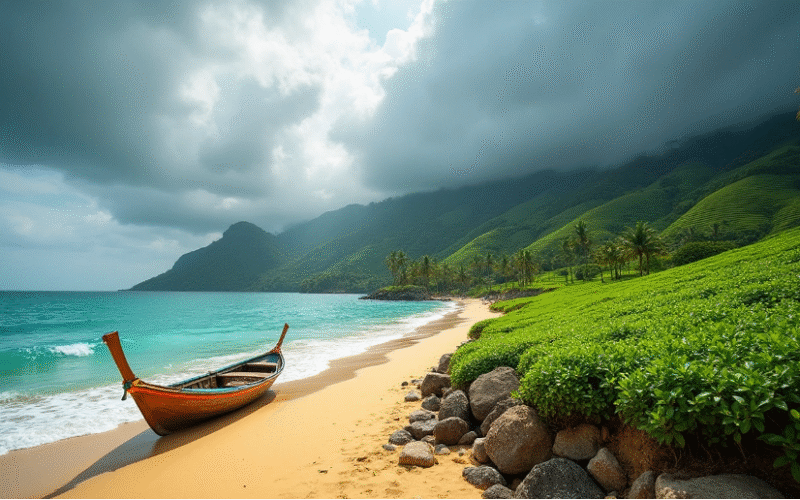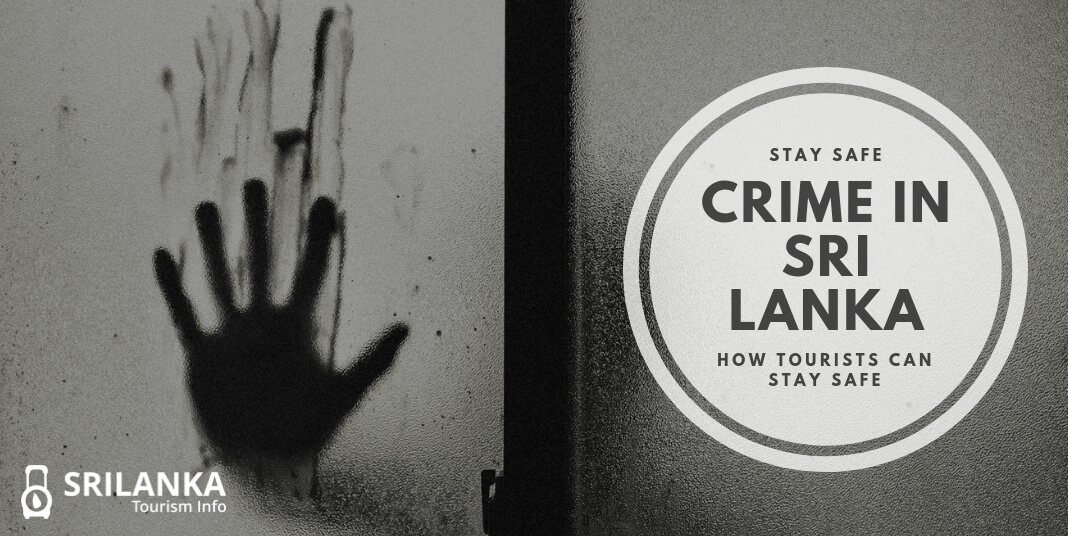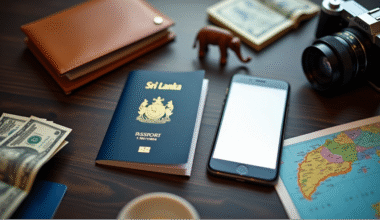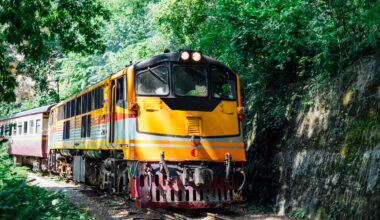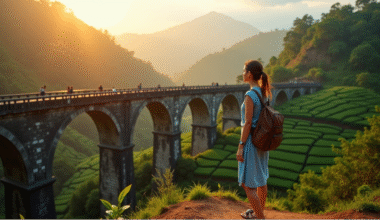The weather in Sri Lanka creates an intriguing climate puzzle that changes significantly from region to region on this tropical island. The coastal regions enjoy warm temperatures averaging 27°C (81°F) throughout the year. The central highlands provide a cool retreat at 16°C (60.8°F) – making this small country rich in climate diversity.
Two distinct monsoon seasons shape Sri Lanka’s climate and affect different parts of the island at various times. Heavy rainfall hits the western and southern areas from May to September during the southwest monsoon. The northeast monsoon brings downpours to northern and eastern regions from December to February. The rainfall patterns show remarkable differences – some areas get less than 900 mm annually while others receive more than 5000 mm. Your trip experience depends significantly on picking the right time to visit.
Our research shows February and March typically provide the most favorable weather throughout the island. The best time to plan your visit in 2025 depends on the regions you want to explore and the activities you’d like to experience during your Sri Lankan adventure.
Understanding Sri Lanka’s Climate and Monsoon Seasons
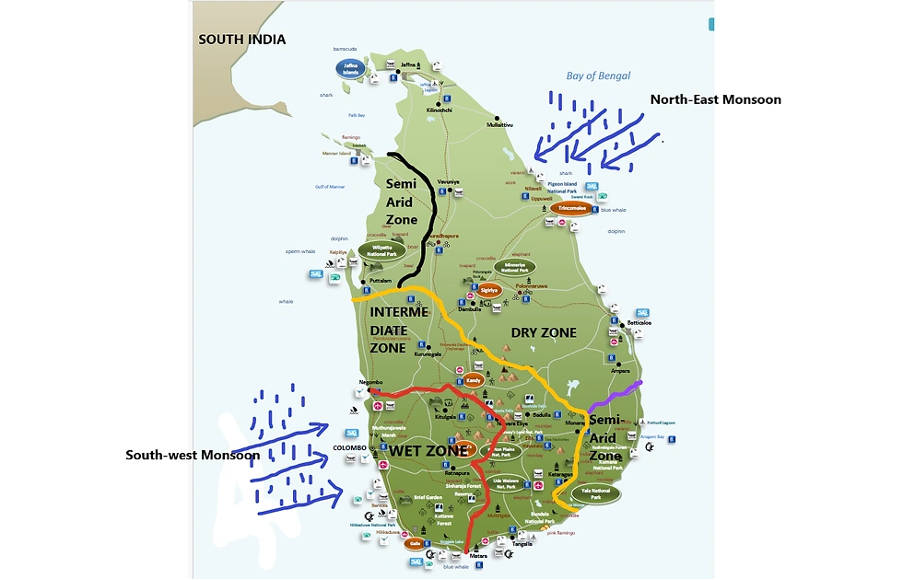
Image Source: Devonia Holidays
Sri Lanka’s teardrop shape in the Indian Ocean creates a fascinating climate system that travelers should know about before they plan their trip. This small island nation covers just 65,610 square kilometers but has remarkably different weather patterns throughout the year.
Southwest monsoon (May to September)
Heavy rainfall hits the western and southwestern regions of the island during the southwest monsoon. Places like Colombo, Galle, and Bentota get wet by a lot, and some days bring intense downpours. The northeastern areas stay relatively dry and sunny. Rough seas along the southwest coast make beach activities tough, but surfers love these conditions because they create perfect big waves.
Northeast monsoon (October to January)
Weather patterns move as the year goes on. The northeast monsoon brings heavy rain to the northern and eastern provinces, especially in Trincomalee, Batticaloa, and Jaffna. The southwestern regions enjoy drier weather during this time. This back-and-forth pattern means you can visit Sri Lanka any time of year—one coast stays pleasant while the other gets monsoon rains.
Inter-monsoon periods and their effects
Sri Lanka experiences brief inter-monsoon periods between major monsoons, usually in April and October-November. These transition times bring unpredictable weather with thunderstorms and rain across the island. These periods might seem tricky for travelers, but they reward visitors with lush landscapes and fewer crowds at major attractions.
How altitude affects temperature
Altitude plays a vital role in Sri Lanka’s climate. The central highlands near Nuwara Eliya and Ella sit above 1,800 meters, creating a microclimate that’s cooler than coastal areas. Coastal regions stay warm at 26-30°C year-round, while the highlands remain pleasant at 15-18°C. This temperature variation lets travelers experience unique ecosystems in one trip—from sunny beaches to misty tea plantations.
Best Time to Visit by Region
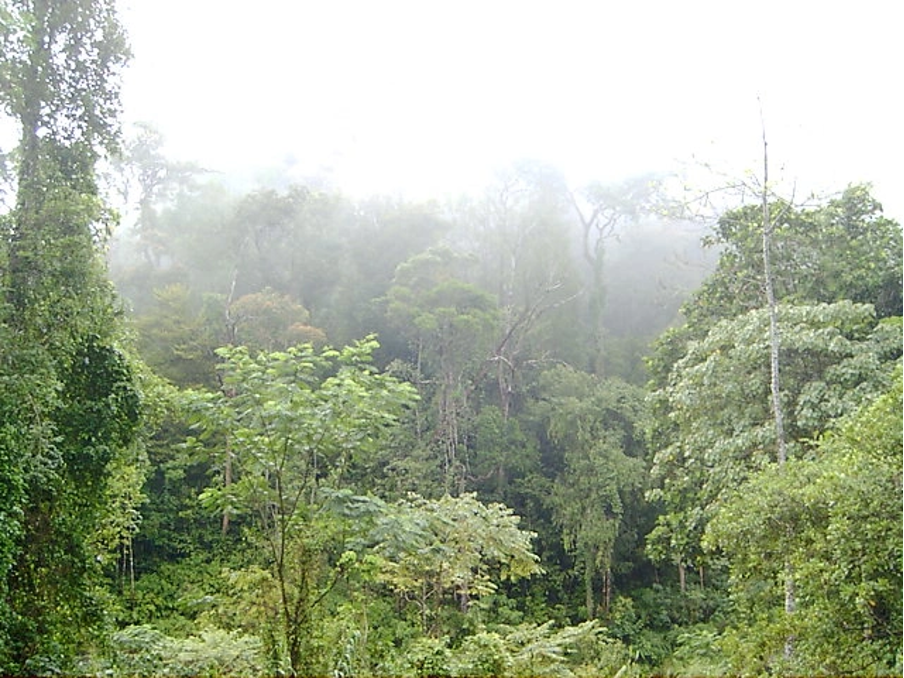
Image Source: Wikivoyage
Sri Lanka’s travel experience depends heavily on timing your visit to each region. The island features remarkable monsoon patterns that create specific travel seasons in different areas. Travelers can find perfect weather somewhere on the island throughout the year.
West and south coasts
The southwestern coastline’s best tourist season runs from December to March. Popular spots like Colombo, Galle, and Bentota showcase clear skies, calm seas, and minimal rainfall that create perfect conditions for beach activities and water sports. Temperatures typically hover around 86-90°F (30-32°C). April and November bring decent weather with occasional showers and smaller crowds. The southwest monsoon makes May through September challenging with heavy rainfall, rough seas, and dangerous swimming conditions.
East and north coasts
The eastern and northern regions tell a different story. Places like Trincomalee, Batticaloa, and Jaffna shine from April/May through September while other parts face monsoon rains. Beach spots like Arugam Bay transform into surfer paradises during these months. Temperatures in this region can reach up to 91°F (33°C) during summer. October through January brings the northeast monsoon, with November and December seeing peak rainfall that makes coastal exploration difficult.
Central highlands and tea country
The central highlands follow their own climate patterns. Kandy, Nuwara Eliya, and Ella sit at elevations near 6,500 feet (2,000 meters). These areas stay cooler with temperatures between 48-73°F (9-23°C) in Nuwara Eliya. December through March brings the best weather to tea country with mild temperatures and less rainfall. February and March offer the most sunshine. Rain falls year-round here, unlike coastal areas. Night temperatures from December to February can drop into the 30s°F (1-4°C), making the hills particularly chilly.
Month-by-Month Travel Guide for 2025
Planning your 2025 Sri Lanka adventure? The right timing makes all the difference in this beautiful island. Let’s look at the best times to visit for an amazing trip.
January to March: Perfect for most regions
These months mark Sri Lanka’s peak tourist season with amazing weather almost everywhere. The western coast and Colombo see daily highs around 30-32°C (86-90°F) and very little rain. You’ll find sunny southern beaches that create the perfect setting for whale watching, which peaks in early March. Wildlife viewing gets really good in February at national parks like Yala because animals gather near the few remaining water holes. The hill country enjoys its sunniest weather during February and March. Hotel prices start high in January but slowly drop through March, though beach hotels still command premium rates.
April to June: Bringing heat and early rains
Sri Lanka heats up the most in April, especially in central areas and the Cultural Triangle where temperatures often hit above 35°C (95°F). The southwest monsoon shows up later in April with light showers that get heavier by May. Rain picks up on the southwest coast in June with about 186mm spread over 15 days. The east coast starts drying out after May and becomes a great spot for visitors. Hotel prices drop substantially everywhere during May-June, and you can find great deals everywhere except the eastern coastal spots.
July to September: East coast shines
Clear skies and calm seas make the east coast the place to be. Surfers from around the world head to Arugam Bay in July and August for prime waves. Colombo stays pretty steady with highs of 29°C (84°F) and lows between 26-27°C (79-81°F). Western areas see less rain as time goes on, dropping from 130mm in July to 97mm in August. September brings better deals and fewer tourists along with improving weather in most places. The elephant gathering at Minneriya National Park becomes an incredible wildlife show during these months.
October to December: Mix of rain and celebration
The northeast monsoon arrives in October and brings rain to most of the island with weather that’s hard to predict. The southwest starts drying out by December just as peak season kicks off. Hotels bump up their rates from December 20th for the holiday season, especially at beach spots. December works great for whale watching, hot air balloon rides, and hiking Adam’s Peak. The temperature stays pleasant at 22-30°C (72-86°F) across Sri Lanka, even with some rain.
Also Read: Here’s the surfer’s paradise in Sri Lanka – Arugam Beach
Seasonal Activities and Travel Tips
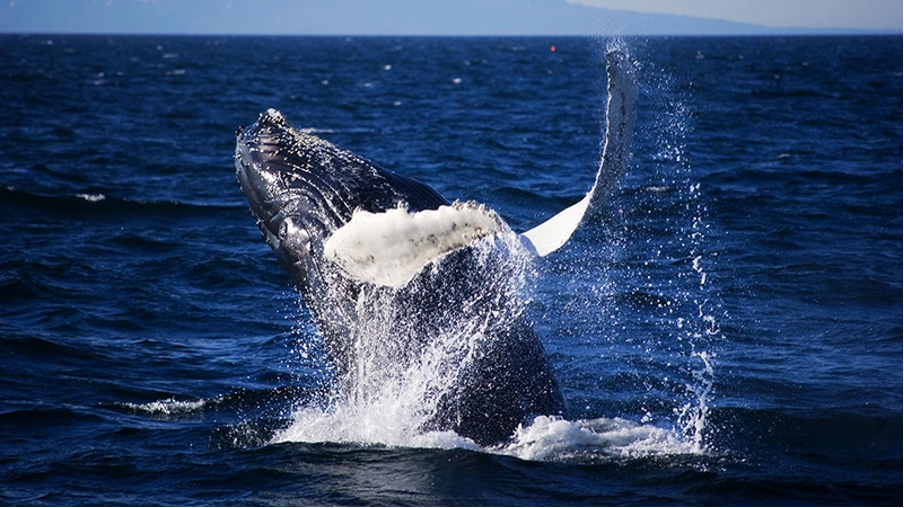
Image Source: India Odyssey Tours
You’ll get more out of your Sri Lanka trip by understanding both climate patterns and the best times for specific activities. The island’s weather creates unique seasons for popular attractions and events throughout 2025.
Whale watching and surfing seasons
Whale watching follows the monsoon patterns around the island. The prime season runs from November to April at Mirissa on the south coast. December, January, and April give you the best chances to spot whales. Summer visitors can head to Trincomalee for excellent whale watching from May to September.
Sri Lanka’s surfing scene thrives year-round on opposite coasts. The southwest coast becomes perfect for surfing from November to April with steady swells and offshore winds. Spots like Hikkaduwa, Unawatuna, and Ahangama welcome surfers of all skill levels. The action moves to the east coast from May to October, where Arugam Bay offers world-class waves.
Cultural festivals and pilgrimages
The Adam’s Peak (Sri Pada) pilgrimage stands out as one of the island’s most important spiritual experiences. The season runs from December to May when the weather stays dry and pleasant. The 2025 Sri Pada pilgrimage starts December 14, 2024 and runs until May 13, 2025.
The 2025 calendar features many cultural celebrations. These include Duruthu Perahera (January 13), Thai Pongal (January 14-17), Vesak Poya (May 12), and the spectacular Kandy Esala Perahera (July 30-August 9).
Packing tips for different months
Pack your seasonal essentials along with the basics. Bring sarongs or scarves to cover shoulders and knees for temple visits. Waterproof bags and lightweight rain jackets are a great way to stay dry during monsoon periods.
The highlands need extra planning since evenings can feel surprisingly cool even in warm months. You’ll need DEET-based insect repellent throughout the year. Make sure to apply reef-safe sunscreen before any water activities. Modest clothing that respects local culture will make your trip better on this beautiful island, no matter which season you visit.
Also Read: Why Tangalle Beach Is Sri Lanka’s Best Kept Secret
Conclusion
Sri Lanka has something special for travelers of all types throughout the year. This island paradise lets you discover unique experiences in each season. The weather patterns change a lot by region and elevation despite its small size. This creates different perfect times to visit various destinations.
The best time to explore the whole island is during February and March. You’ll find sunshine in most regions with pleasant temperatures and very little rain. Smart travelers can enjoy Sri Lanka all year by following the monsoon patterns. They head east when the southwest monsoon hits and move west during the northeast monsoon.
Your Sri Lankan experience needs careful planning to match activities with the right seasons. Mirissa is perfect for whale watching from November to April. Surf enthusiasts should check out Arugam Bay between May and October. Cultural events also have their seasons. The Adam’s Peak pilgrimage runs from December through May .
Weather shapes everything about your Sri Lankan experience. It affects accommodation prices and chances to spot wildlife. A good grasp of climate patterns will help you see this tropical gem at its best. The island nation will amaze you with rich cultural encounters and stunning views any time you visit. The dance of monsoon winds creates Sri Lanka’s remarkable climate diversity and makes each visit special.
FAQs
Q1. What is the best time to visit Sri Lanka ? February and March are generally considered the best months to visit Sri Lanka, offering pleasant weather across most regions with minimal rainfall and comfortable temperatures.
Q2. How do monsoon seasons affect travel in Sri Lanka? Sri Lanka experiences two distinct monsoon seasons: the southwest monsoon from May to September affecting western and southern areas, and the northeast monsoon from December to February impacting northern and eastern regions. Travelers can enjoy good weather year-round by following these patterns.
Q3. When is the ideal time for whale watching in Sri Lanka? The prime whale watching season in Mirissa (south coast) runs from November to April, with peak sightings in December, January, and April. For summer visitors, Trincomalee offers excellent whale watching opportunities from May to September.
Q4. What are the best months for surfing in Sri Lanka? Sri Lanka offers year-round surfing on opposite coasts. The southwest coast (Hikkaduwa, Unawatuna, Ahangama) is best from November to April, while the east coast (particularly Arugam Bay) delivers excellent waves from May to October.
Q5. When are hotel prices lowest in Sri Lanka? Hotel prices are generally lowest during May and June, with significant discounts available island-wide except in eastern coastal areas. September and October also offer good value for travelers seeking fewer crowds and improving weather conditions in most regions.

